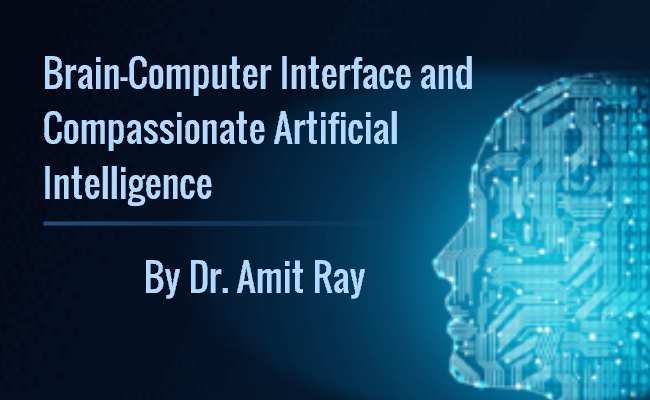Quantum Computer with Superconductivity at Room Temperature
Quantum Computer with Superconductivity at Room Temperature
Quantum computer with superconductivity at room temperature is going to change the landscape of artificial intelligence. In the earlier article we have discussed quantum computing algorithms for artificial intelligence. In this article we reviewed the implication of superconductivity at room temperature on quantum computation and its impact on artificial intelligence.
Long coherence time (synchronized), low error rate and high scalability are the three prime requirements for quantum computing. To overcome these problems, presently, quantum computer needs complex infrastructure involving high-cooling and ultra-high vacuum. This is to keep atomic movement close to zero and contain the entangled particles, both of which reduce the likelihood of decoherence. The availability of superconductivity at room temperature will provide the quantum jump in quantum computer.

Read More »Quantum Computer with Superconductivity at Room Temperature


